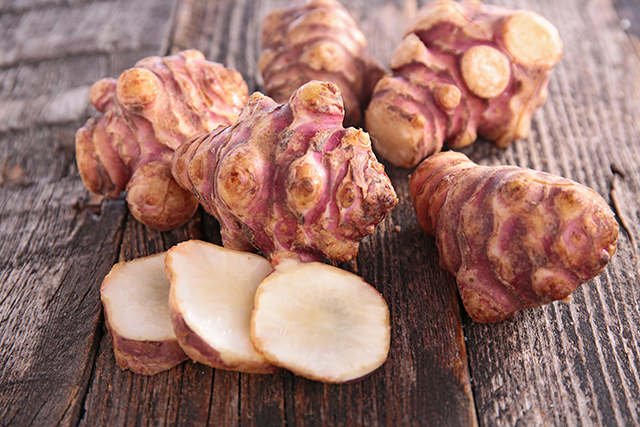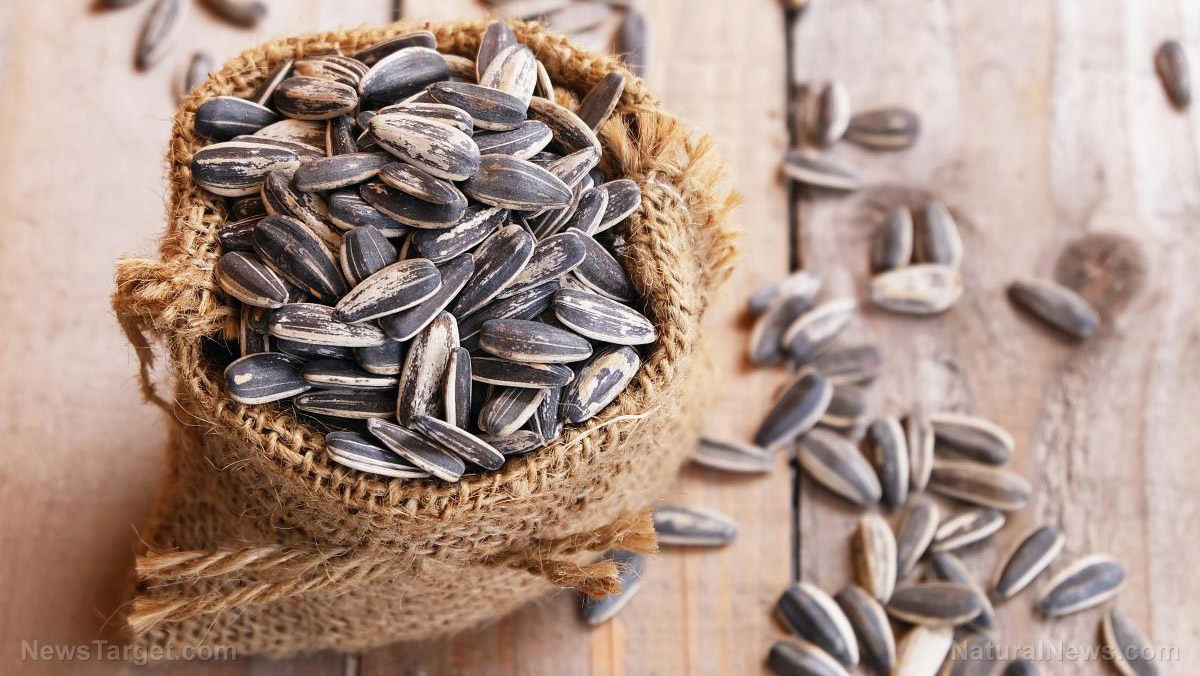Most people don’t realize the same things that trigger your allergies also cause your asthma
07/25/2018 / By Zoey Sky

If you have an allergy (or several allergies), chances are you might also have asthma.
While the link between the two conditions isn’t obvious, several studies have determined that at least two-thirds or more patients with asthma also have an allergy.
Asthma and allergies
Dr. Bradley Chipps, president of the American College of Allergy, Asthma and Immunology (ACAAI), said that the public isn’t aware that the things that trigger seasonal hay fever symptoms, such as dust mites, mold, pet dander, and pollen, may sometimes trigger the symptoms of asthma.
He added that patients with allergies who cough or wheeze must consult an allergist to determine if they also have asthma. Allergists are specialists who can help patients come up with a treatment plan to help them deal with both their allergies and asthma.
A patient with allergic asthma, the most common type of asthma, has allergies that also trigger their asthma symptoms. Researchers are already aware that the percentage of children with both allergies and asthma can go as high as 80 percent.
However, the latest research also revealed that at least 75 percent of asthmatic adults aged 20 to 40, as well as 65 percent of asthmatic people who are 55 or older may have at least one allergy. (Related: Allergic to peanuts? Probiotics found to be effective at ending the threat – naturally.)
Dr. Chipps, who is also an allergist, concluded that to effectively treat and prevent allergic asthma, patients must try to identify and avoid allergens that trigger their symptoms.
How to avoid allergens that trigger asthma
Follow these tips from the ACAAI to avoid the allergens that can trigger your asthma:
- Avoid allergens – If pollen is a seasonal trigger for your allergies, always keep the windows closed during pollen season, especially during the day. Find out which pollens you are sensitive to and verify pollen counts. Don’t go outside when pollen counts are at their highest. In spring and summer, which is tree and grass pollen season, levels are highest in the evening. In late summer and early fall, or ragweed pollen season, levels are highest in the morning. After playing or working outdoors, shower, wash your hair thoroughly and change your clothes. Leave dirty shoes outside your house since soles can attract pollen which can be left on carpeting and other surfaces.
- Avoid cigarette smoke – Secondhand smoke is bad for everyone, especially for patients with allergic asthma. Try to avoid areas that permit smoking, such as bars.
- Control mold – Tiled areas, like bathrooms and basements, can be prone to mold. To reduce mold, control the moisture in these areas. Install bathroom fans and clean up standing water immediately. Remove visible mold with some baking soda or vinegar and water, and then dry completely.
- Eliminate pet dander – Get rid of pet allergens by vacuuming regularly and washing upholstery and pet bed/s. Keep pets out of the bedroom so you can sleep without any symptoms.
- Get rid of dust mites – Keep home humidity below 50 percent and clean the gutters regularly to eliminate dust mites and mold. Refrain from using humidifiers or vaporizers. Get dust-proof and zippered covers for mattresses and pillows and wash all beddings and sheets once a week. Instead of carpets, opt for hardwood or tiled floors, which won’t attract dust mites.
You can read more articles about natural cures and remedies for allergic asthma at Healing.news.
Sources include:
Tagged Under: ACAAI, allergens, allergic asthma, allergies, allergy, American College of Allergy, asthma, Asthma and Immunology, asthma symptoms, drug therapies, prevention, research, treatments




















